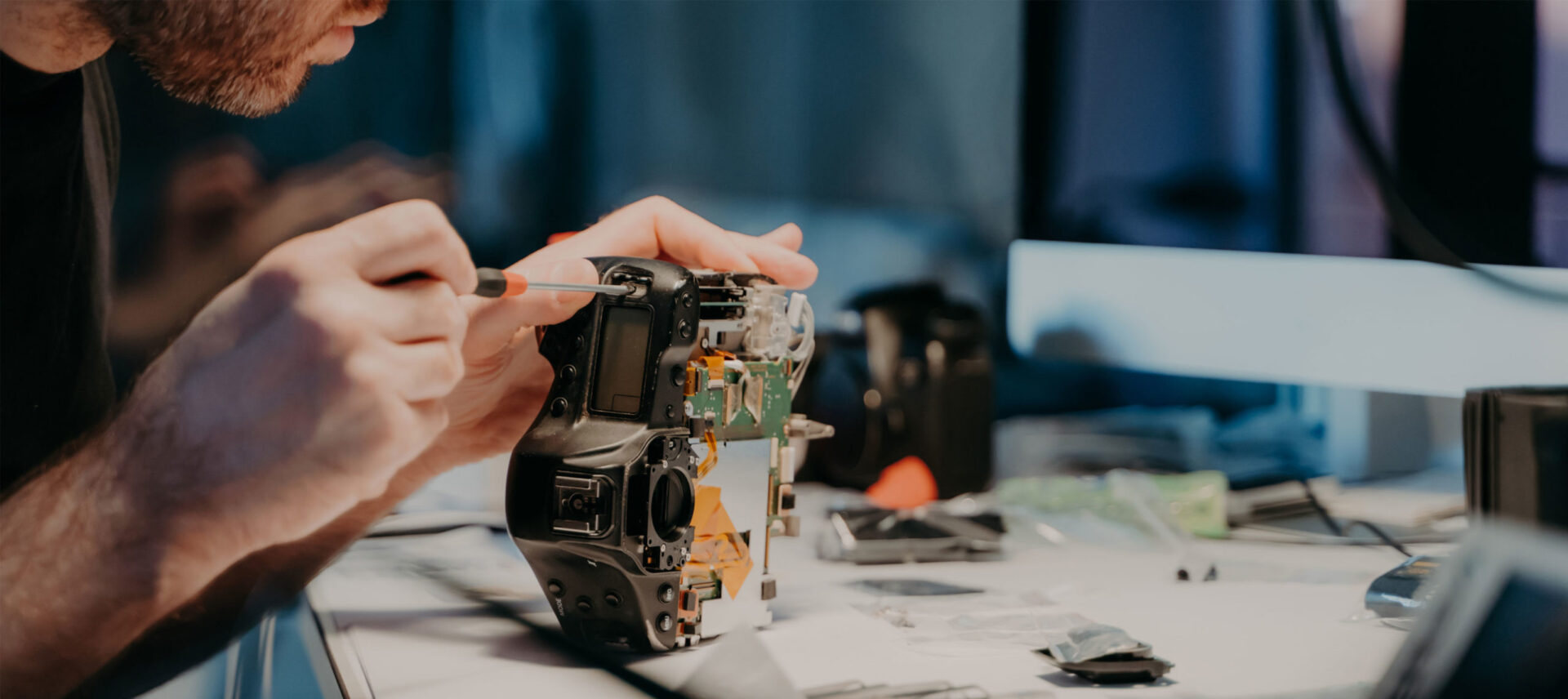
Article
Creative Destruction: Using Product Teardowns As Inspiration for Innovation
Learn how product teardowns help teams benchmark competitive products, study unique mechanisms, expand engineering horizons, or solve major business challenges.
The image of a curious engineer disassembling an interesting product to see how it works is as old as the product design profession itself. I still vividly remember taking apart the telephone receiver of my home phone as a young child to see where the sound came from, and it was probably one of the earliest indicators that I would eventually become an engineer. I’m certainly not alone, as websites like How Stuff Works and shows like How It’s Made have been so successful precisely because they capture that spirit and provide inspiration to new generations of makers.
But the idea of disassembling things to see how they work has gotten a bit of a bad rap in our modern commoditized world. From detailed component-level price estimates to straight-up IP theft dressed up as “reverse-engineering,” the process of professional product designers learning from other devices has lost a lot of its soul over the years. Ruthless cost competitiveness has turned what once was a genuine search for knowledge into a cold collection of data, and innovation has suffered as a result. Why take the time to make something new when you can quickly copy something old?
But it doesn’t have to be that way. Feeding the appetite for knowledge fosters a curious mindset that is a critical characteristic of truly innovative teams. And nothing is more inspiring for practical, results-oriented designers and engineers than seeing how stuff works. So let’s set aside the repetitive spreadsheets and esoteric metrics for a moment and capture some of that youthful energy that got you into the R&D business in the first place.
Here’s how innovative product development teams can utilize product teardowns to not just copy the past but to create a new and better future.
What is a teardown?
Part of the product development process is to apply knowledge gained from prior experience towards new challenges. Some experience comes from having directly designed something in the past and other experience is acquired more indirectly. It is this indirect type of product development experience that is gained from product teardowns, and this process serves two purposes:
- It forces the deconstruction team to carefully investigate the product pieces and learn as much as possible about the design details.
- It provides a detailed record of the process for future reference by other product designers.
To be clear, teardowns are different from reverse engineering. Reverse engineering a product is nothing more than figuring out the design and manufacturing methods, typically for the purpose of duplicating a product. In contrast, teardowns are ways to gain insight into a product’s design in order to become better product developers as a whole. Teardowns focus on “Why” (instead of “How”) questions:
- Why did the designer make the choices they did?
- Why were certain construction techniques chosen?
- Why were some features included and others left out?
- Why was the design approach chosen?
By taking apart a product to learn why it was made the way it was, one gains far more in-depth understanding into the product’s design than a superficial once-over.
Multiple ways to approach teardowns
Even though simply disassembling something is interesting in its own right, effective teardowns also apply a bit of strategy to the process. Depending on your project goals, teardowns can be used in several distinct ways:
- Benchmarking competitive products
- Studying unique mechanisms
- Expanding engineering horizons
- Solving major business challenges
M3 has used all of these approaches over the years on a wide variety of different projects, so let’s talk about a few real-world examples.
Benchmarking competitive products
When designing a new product, more often than not there are plenty of other alternatives already out in the market. Sure, they may not have every feature of your cool new idea, but customers are getting by just fine with what is available. So when contemplating your product features, it’s important to keep an eye on the competition to see where you fit in the larger market of solutions.
While your marketing or product management teams might do their own market analysis, the R&D team can also play a key role in defining critical product features via competitive product teardowns. For example, M3 once investigated the differences between blood glucose meters sold at varying price points in order to determine what, if any, impact their different feature-sets have on the function of the device.
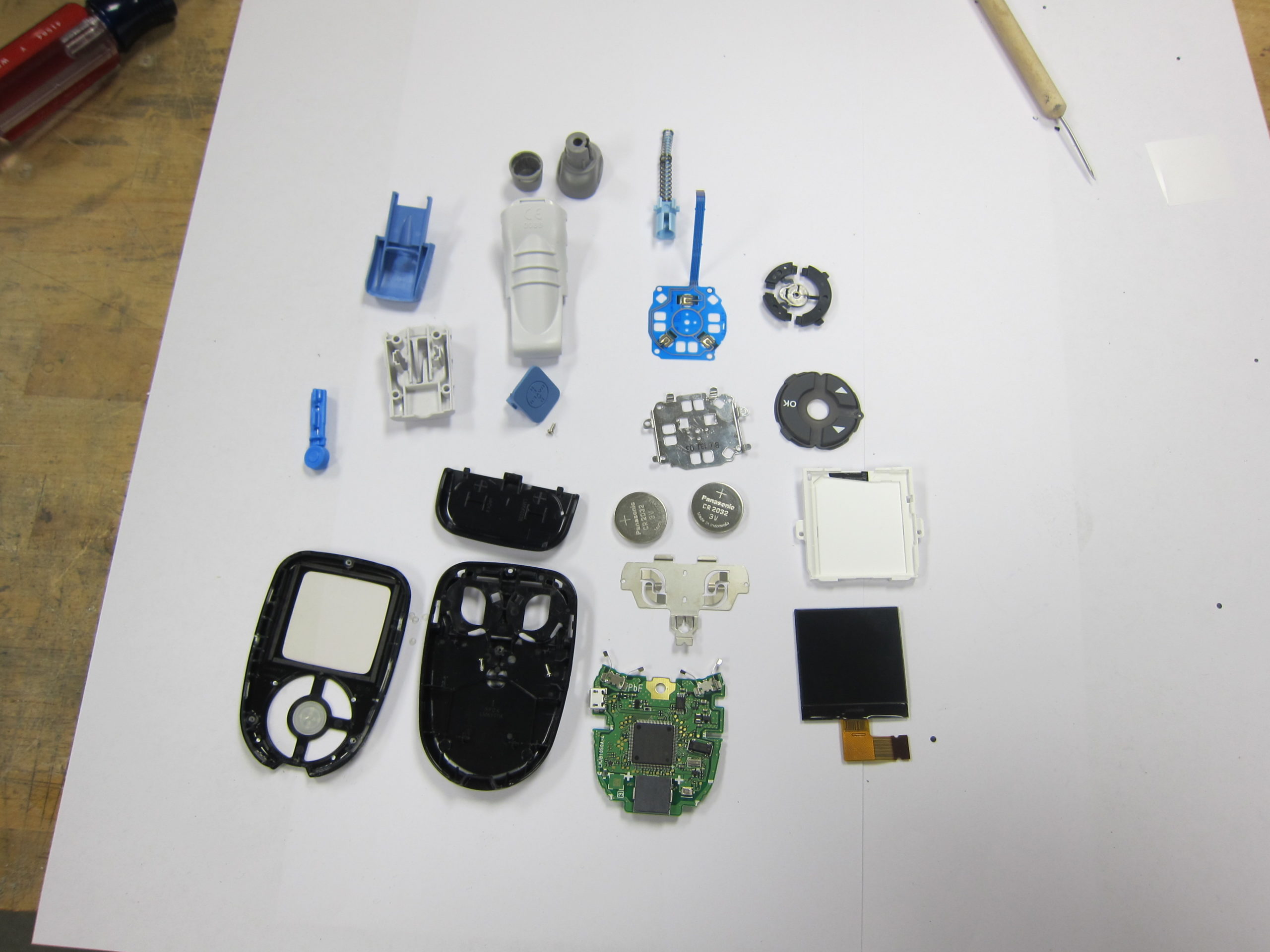
Correlating specific components to product functionality and final price points helped us accomplish several goals. First, it allowed us to estimate how a new offering might appeal to end users. And second, it helped us design a product that optimized important purchasing decisions in the supply chain. How might your own team be able to determine the best bang-for-the-buck using competitive product teardowns?
Blood glucose meters
Want to see the full documented teardown? You’ll not only get a great example of one in action, but it can also serve as a helpful template for your own internal teams.
Studying unique mechanisms
Solving hard problems on a tight schedule when you have no idea what the final solution might look like is one of the most challenging parts of being a product developer. Just remember that you don’t always have to reinvent the wheel. It often pays to see how somebody else solved a similar problem, and it doesn’t have to be in the same type of product, either. Observant engineers can find creative inspiration in all types of devices.
For example, designing a gear train for a motorized device may sound straightforward on the surface, but packaging it in a comfortable handheld device quickly becomes a major design challenge. Whenever you see a clever implementation it pays to understand how it works. So when we found an Kobalt Double Drive screwdriver that claimed to have 2x output from 1x input, we immediately added that to the teardown list.
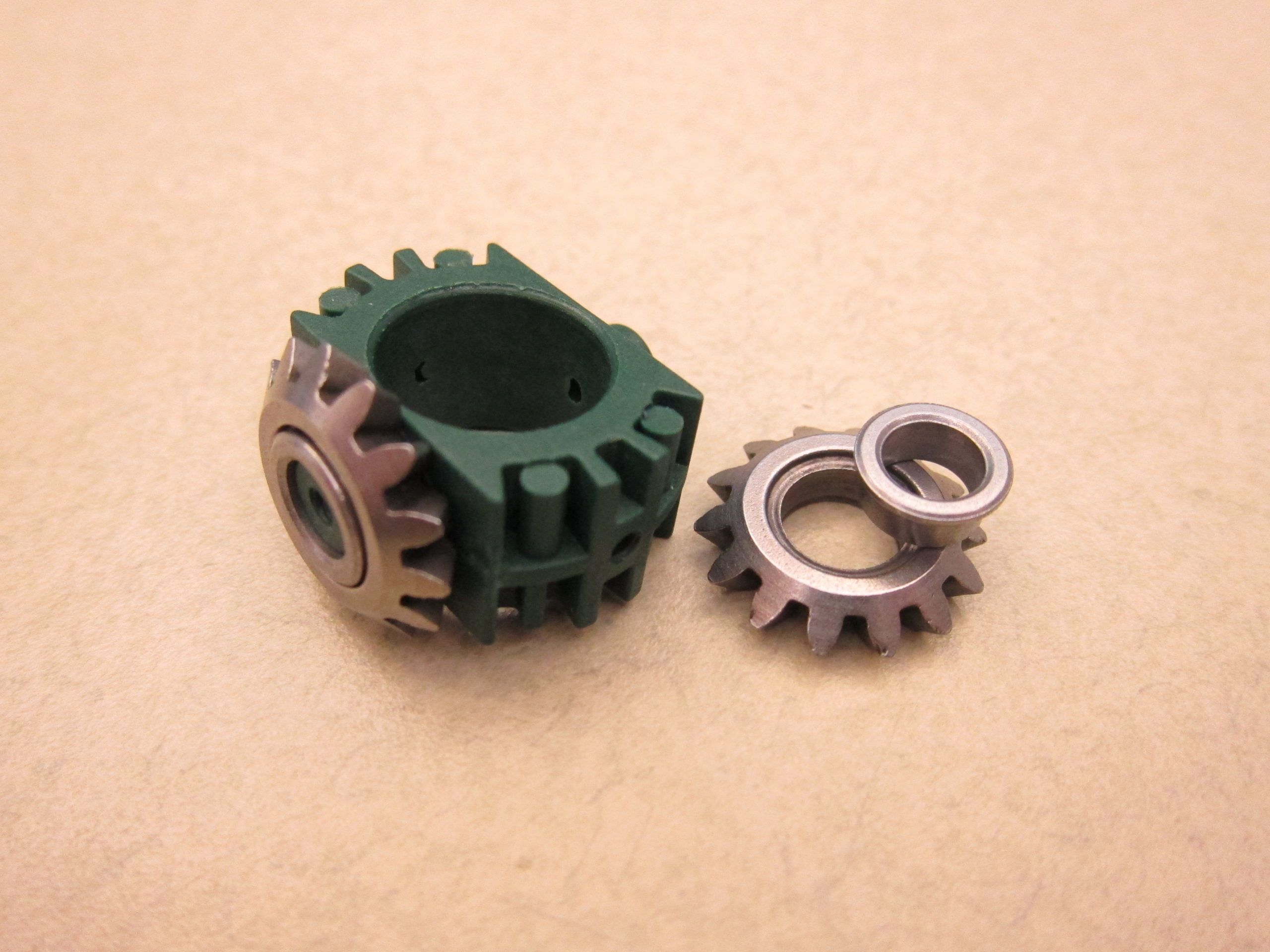
Utilizing a clever double clutch mechanism along with several bevel gears elegantly packaged in a cylindrical form, the Kobalt screwdriver didn’t disappoint. Such a unique approach could be easily extended to lots of new challenges in everything from workshop tools to surgical drills, offering new solutions to old problems. What design challenges does your team face where clever solutions in tertiary devices might offer new ideas?
Expanding engineering horizons
Even when there’s not an immediate design problem to solve, sometimes a device is too fascinating to simply let it sit in one piece. Whenever you find something that makes even the most experienced engineer wonder how on earth it was done, that’s a great signal that there’s a real learning opportunity at hand. Tearing down interesting products is one of the simplest and most effective learning tools that any R&D manager can use to develop the skill and knowledge base of their team.
For example, almost everyone has heard of an Epi pen. But have you ever studied one up close? Such a simple, inexpensive plastic product has a crazy amount of mechanical action in a foolproof mechanism driven by a deceptively powerful spring.
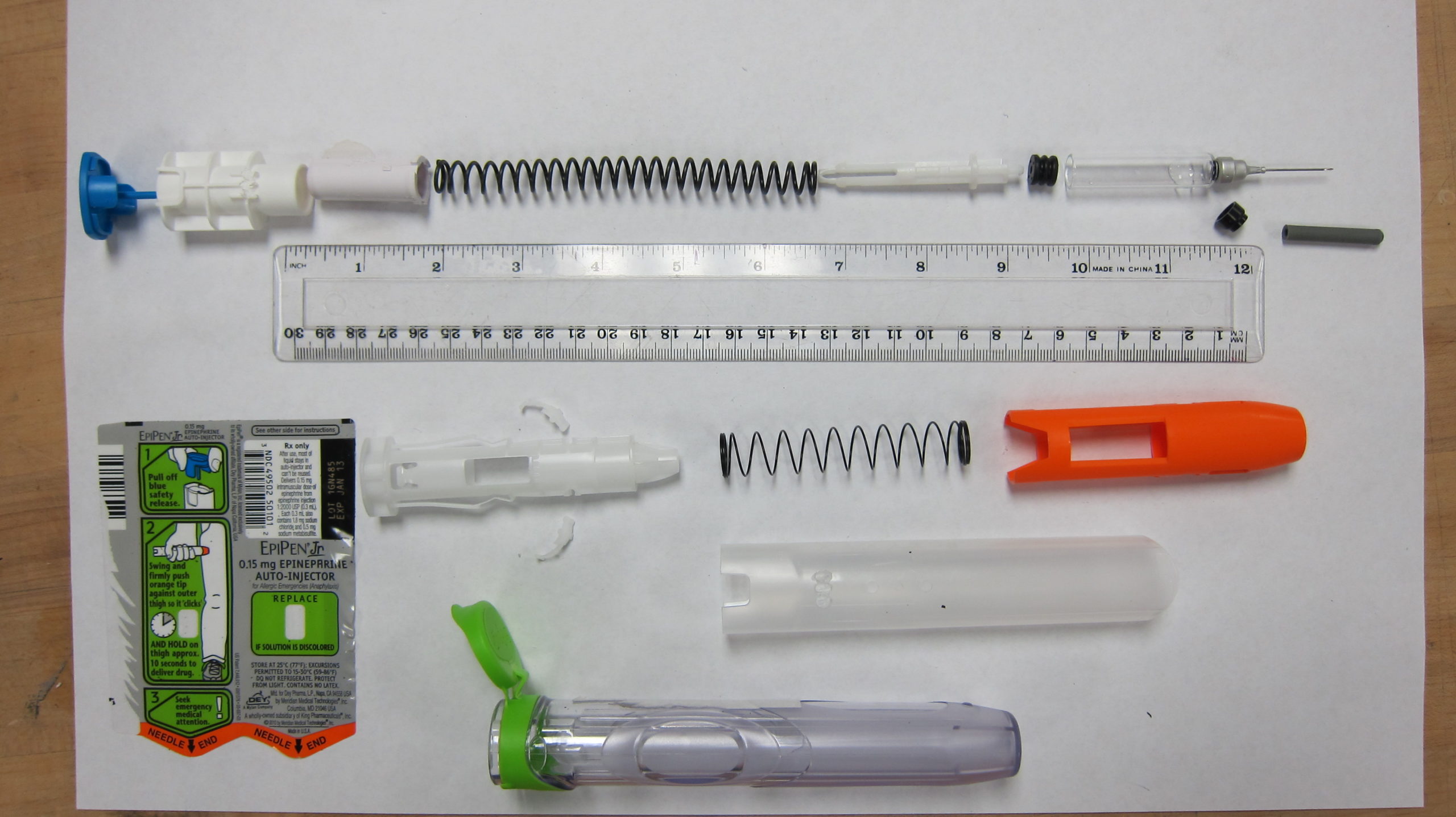
Beyond having fun with new mechanisms, the team learned a great deal about clever plastic snaps, triggers, and lockouts all in a few easy-to-mold parts. The next time a project calls for similar features, we’ll have plenty of ideas and even a fully documented teardown to reference. What products do you have in your office today that inspire wonder and why haven’t you taken them apart yet?
Solve major business challenges
The product industry is always highly competitive, and the more popular the product the more competition you have to contend with. And with so many players fighting for consumer dollars, downward price pressure can place significant stress on business models. Imagine getting rich and comfortable on a great design only to see the competition come out with an alternative that retails for less than your unit costs to make! In a cutthroat market, only the most innovative survive.
To stay on top of creative cost-cutting advances, M3 was particularly intrigued by a Harbor Freight cordless drill that sold for only $10. How the heck did they do that?
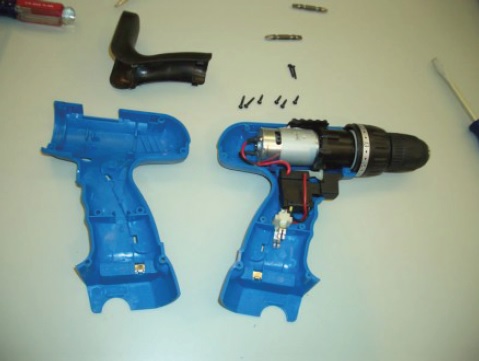
Taking it apart was a bit of a challenge but offered some really interesting insights into low-cost battery packs and cheap gearing solutions that could be applied to lots of other products. Not every design calls for the cheapest solution, but by tearing down affordable products the engineering team learns new tricks for future reference. What are your biggest business challenges, and have you ever tried looking for solutions in other products?
Finding inspiration through exploration
No matter whether it’s to benchmark competitive products, study unique mechanisms, expand engineering horizons, or solve major business challenges, there is so much more to product teardowns than simply reverse engineering an old design. For a truly innovative design team, it’s the ultimate inspiration!
So the next time you feel like you’ve hit a dead-end, take a break and wander the aisles of your favorite hardware or electronics store. Find something that inspires you, take it back to the office, and disassemble it as a team.
I guarantee you’ll learn something new. And hopefully that knowledge will open exciting new doors you’ve yet to even discover.





